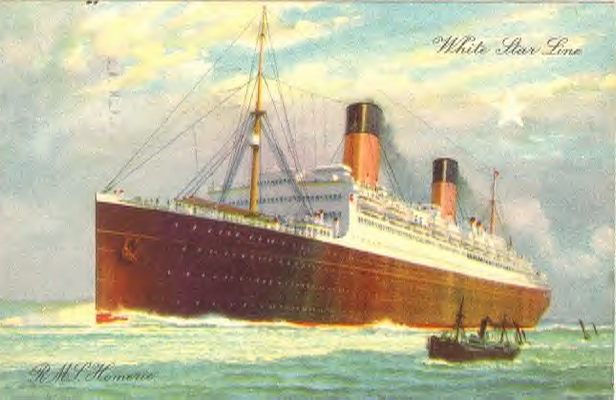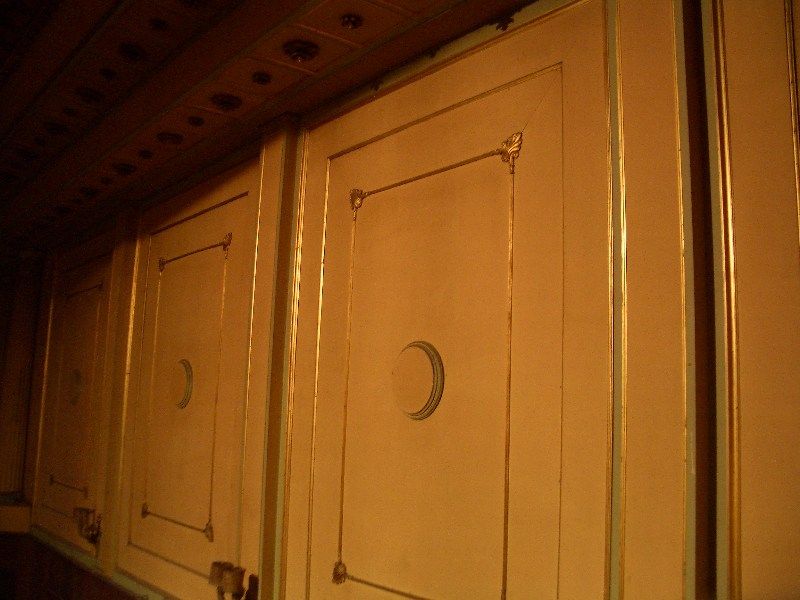About
In 1935, the White Star Line scrapped the iconic cruise liner RMS Homeric. Just two years later, the new Rex Cinema in the rural Scottish village of Stonehouse unveiled an interior furnished directly from the ship’s luxe interior.
Homeric began its life in 1912, as a German ship known as the SS Columbus. White Star acquired the unfinished, 35,000 ton boat after World War I, as part of the reparations package. The Homeric would go online for White Star in 1922, running transatlantic crossings.
Topping out at 18 knots (19.5 following an extensive boiler overhaul) the ship was unable to keep pace with her fleetmates the Olympic and Majestic, which both operated at service speeds above 21 knots. After being replaced by the Queen Mary, following White Star’s merger with Cunard, the Homeric was reassigned to Mediterranean cruises for several years, where she was popular for her steadiness in rough water.
Scottish businessman J.E. Sheeran bought the ship’s opulent furnishings at a scrap auction in 1935. The gems adapted for installation inside the Rex Cinema include several doors, a wonderful mahogany staircase, a heavy chandelier, and paneled walls from the first class restaurant. Although time has weathered some of the fabrics and fixtures, the Rex remains a remarkable building - boasting not only the details of the Homeric, but also all of its original projection equipment.
The Rex closed in the 1950s and then had a brief second life as a bingo hall. It is still owned by the Sheeran family, who now use it as a storage space. On occasion, they open the doors to allow interested parties an extraordinary glimpse at the local landmark that, in another life, sailed all over the world.
Related Tags
Flavors of Scotland: Beyond the Haggis
Smoked seafood, single malt whisky, and warm hospitality.
Book NowPublished
November 17, 2015








































